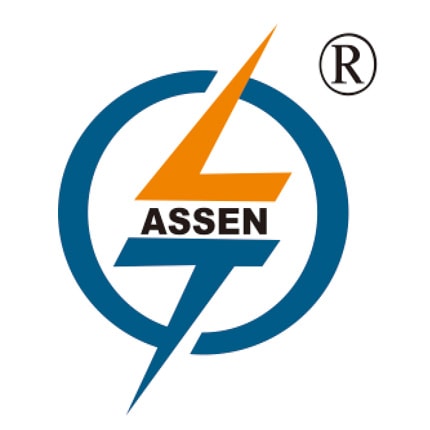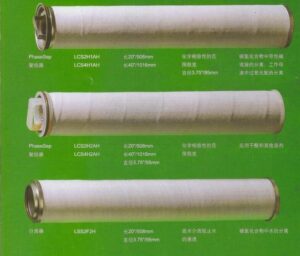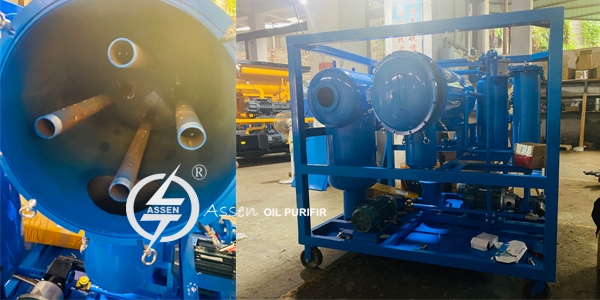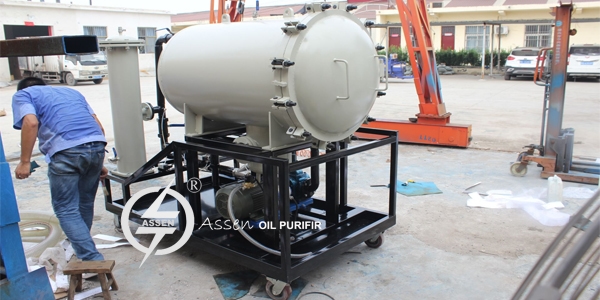
What is a Coalescence Separation filter?
The primary purpose of the coalescence separation filter is to facilitate the separation of oil and water. This device is equipped with two types of filter elements, specifically the coalescing filter element and the separation filter element.
Introduction
Within the oil dewatering system, subsequent to the oil entering the coalescence separation filter, it proceeds through the coalescing filter element. This particular element serves the purpose of eliminating solid contaminants and amalgamating minuscule water droplets into bigger ones.
The majority of the aggregated water droplets can be effectively segregated from the oil due to gravitational forces, causing them to settle into the sump.
Subsequently, the oil product is directed via the separation filter element, which possesses favorable lipophilic and hydrophobic properties. This enables the effective separation of water, allowing the purified oil product to exit the coalescence separator devoid of any water content.

The functioning principle of a coalescence filter
Once the filter medium enters the coalescing filter element, the impurity removal layer within the element carries out a meticulous filtration process, targeting particles within the range of 1 to 25 micrometers. Subsequently, the medium proceeds to the coalescing layer.
The coalescing layer facilitates the expansion and coalescence of water molecules within the medium, resulting in the formation of bigger water droplets. These droplets are subsequently separated from the medium by the force of gravity. Additionally, a portion of the water droplets is carried towards the filter output due to the impact of the flow velocity. Currently, there is a requirement for an oil-water separation filter element to facilitate the process of separating and dehydrating these two substances.
Performance Characteristics of Coalescence Filter
The filtering precision is great, with a huge capacity to keep dirt, a long lifespan, and a high density of flow.
The glass fiber layer that has undergone specialized treatment has a favorable coalescence effect.
The specifications and variants are comprehensive and diverse, thereby catering to the requirements of a wide range of fine filters.
The structure and materials of the product adhere to the specifications outlined in API-1581 and GJB610-88 standards.
The functioning principle of a separation filter
The separation filter element is composed of a hydrophobic substance known as Teflon, which has undergone specific manufacturing techniques. During the passage of oil through the separation filter element, water droplets are effectively obstructed outside the filter element, whereas the oil is permitted to traverse and afterwards expelled out the outlet.
Technical Parameters of Separation filter | ||
Dimension | Outer diameter | 150 |
Inner diameter | 80 | |
Height | 600, 800, 900, 1000, 1150 | |
Working temperature | 5℃ ~ 80℃ | |
Framework | Carbon steel punching | |
Filter material | PTFE | |
Filter material type | Twists and turns | |
Revolve around | ||
Performance | High hydrophobicity and oil permeability | |
Large filtration area, simple structure, easy to install. | ||
Coalescence-separation filter cartridges are commonly used in the following equipment.
TYA Vacuum Lubricating/Hydraulic Oil Purifier Machine
TYL Coalescence Separation Fuel/Turbine Oil Purification Plant
ASSEN is poised to further its endeavors in the production of sophisticated, value-enhanced, and dependable oil filtration products in the forthcoming years. Additionally, the company will intensify its commitment to core technological research, thereby contributing to the enhancement of user value and corporate worth.
If you have any demand for oil filtration equipment, please feel free to contact us.





